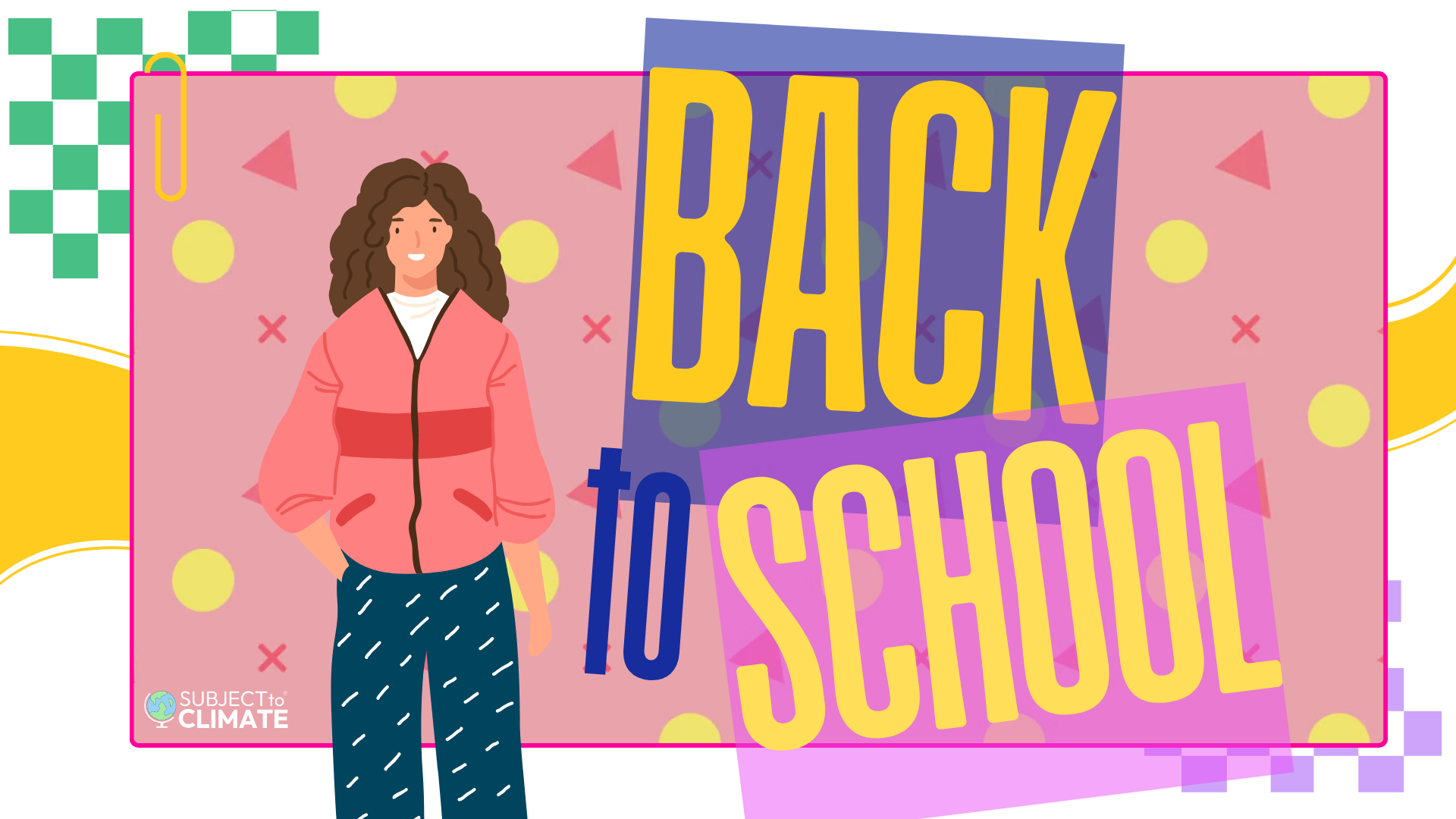About This Lesson
Access Lesson Plan Here: What Are the Advantages and Disadvantages of Energy Resources? (Renewable Energy #3)
This lesson introduces students to renewable and nonrenewable energy resources. Students read about an energy resource, complete a graphic organizer, explain to their classmates why their energy resource is the best, and vote for their favorite type of energy.
Step 1 - Inquire: Students practice turning their energy on and off with a mindfulness exercise.
Step 2 - Investigate: Students read a nonfiction book on a specific type of energy and take notes in a graphic organizer.
Step 3 - Inspire: Students "pitch" their energy resource in a mock town hall, hoping to gain the most votes from their classmates to adopt their energy resource. Students vote for their favorite energy to decide a winner.
More Free Stuff!
Free News Articles for Students













